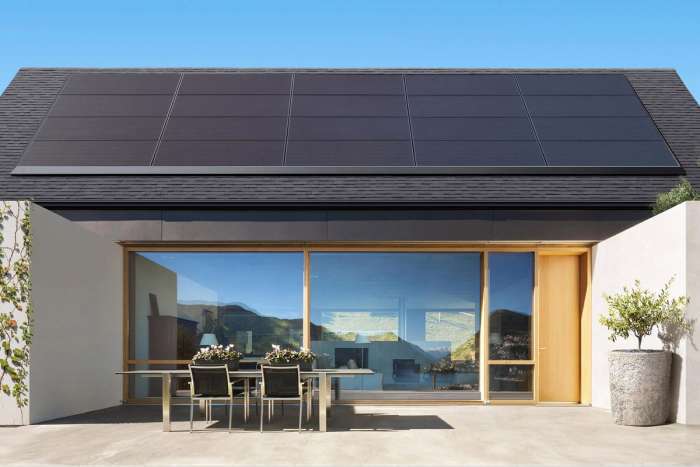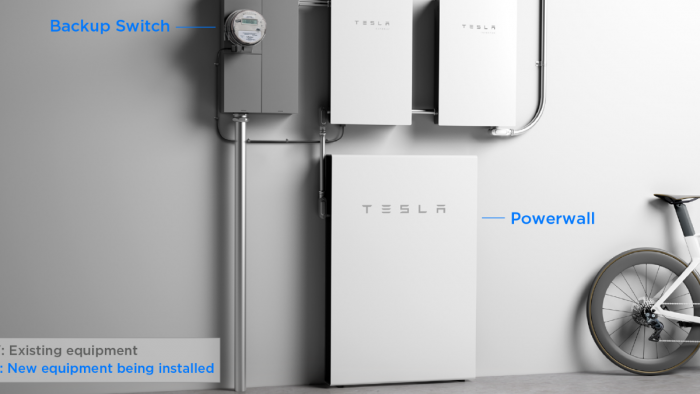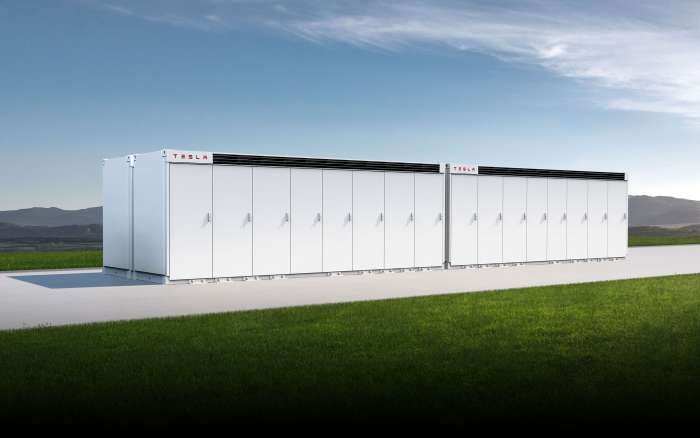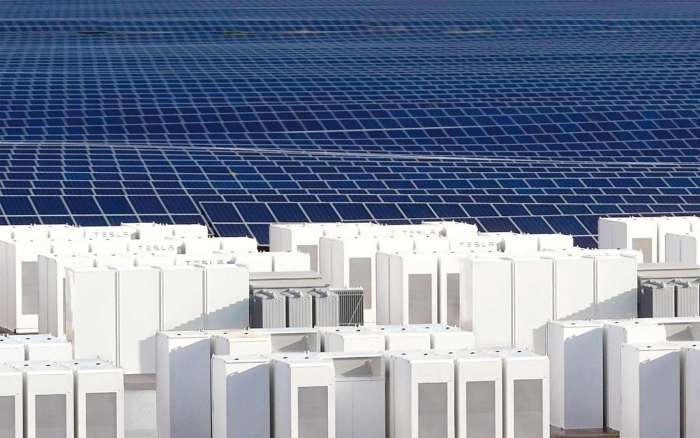It seems like good news is hard to come by these days, with the last great opportunity to tackle climate change in the fickle and misinformed hands of many politicians. Carbon Tracker's Kingsmill Bond has concluded that the shift to clean energy is unstoppable and that it will be the dominant force shaping financial markets and geopolitics in the 21st century.
He argues that we are on the front lines of a massive and precipitous wave of change that rivals the Industrial Revolution, and that it will develop even if political support is weak and erratic, and will be based solely on the strengths of the economy and innovation. It states that there are no fundamental limits to the diffusion of zero carbon energy. There is more than enough renewable energy, accessible with current technology, to supply the world's energy needs.

"Not only we know how to get there, but it is where we are going based on current market trends and technology. The key to succeeding in climate change is simply accelerating what is already underway, pushing a rolling rock a little faster. " Kingsmill Bond.
The four technologies found in established learning curves are solar photovoltaic, wind, battery storage, and electrolyzers to convert electricity to hydrogen.
A recent document from the University of Oxford has found that their costs have decreased for each doubling of deployment by between 16% and 34%, which was already known, but the additional point made in this document is that when technologies enter learning curves, they tend to stay on them for very long periods.

When trying to project the future costs of these technologies, the most logical assumption is that those learning curves will continue, and this is extremely significant because if growth is assumed to continue, then these technologies will be incredibly cheap. This is actually kind of like an academic debate because solar PV is already being produced at $10 to $20 per megawatt-hour in certain favored locations, so in fact, it's already incredibly cheap.
But the point is that this cheap energy source is going to get even cheaper and bigger, and it is going to spread all over the world. And when followed by these other technologies that are also on learning curves, it will provide us with the energy we need at a much lower cost.

In 2019, Tesla reported $369 million in revenue from solar and storage. Revenue was stagnant in Q2 2020, with $370 million from that business. The first two quarters of 2021 were more than double what it brought in during the same quarters of 2019 and 2020. In July 2021 Tesla reported $801 million in revenue from its energy generation and storage business - which includes three main products: solar, its Powerwall storage device for homes and businesses, and its utility storage unit Megapack - but that’s just a sliver of the nearly $12 billion in total revenue.

Small as it is, the division is selling more energy storage and solar. Revenue from this division grew 62% from the previous quarter and more than 116% from the same quarter in 2020. Tesla doesn’t separate solar and energy storage revenue. More importantly, the cost of revenue for its solar and energy storage business was $781 million, meaning that for the first time the total cost of producing and distributing these energy storage products was lower than the revenue it generated.

Total deployments also rose: Tesla installed 1,274 megawatt-hours of energy storage in the second quarter of 2021, a 205% increase from the same period last year. Similarly, the amount of solar energy deployed in the second quarter of this year was 85 MWh, up 214% from Q2 2020. As a side note: Tesla’s total solar and energy storage deployments were essentially flat when comparing Q2 2019 and Q2 2020 numbers, likely due to the pandemic’s general halting of business. Tesla’s energy storage business is facing headwinds, however. Elon Musk said demand for both the Megapack and the Powerwall both exceed supply, and a backlog is growing.
That’s certainly good news for Tesla and for the environment.
Nico Caballero is the VP of Finance of Cogency Power, specializing in solar energy. He also holds a Diploma in Electric Cars from Delft University of Technology in the Netherlands, and enjoys doing research about Tesla and EV batteries. He can be reached at @NicoTorqueNews on Twitter. Nico covers Tesla and electric vehicle latest happenings at Torque News.












